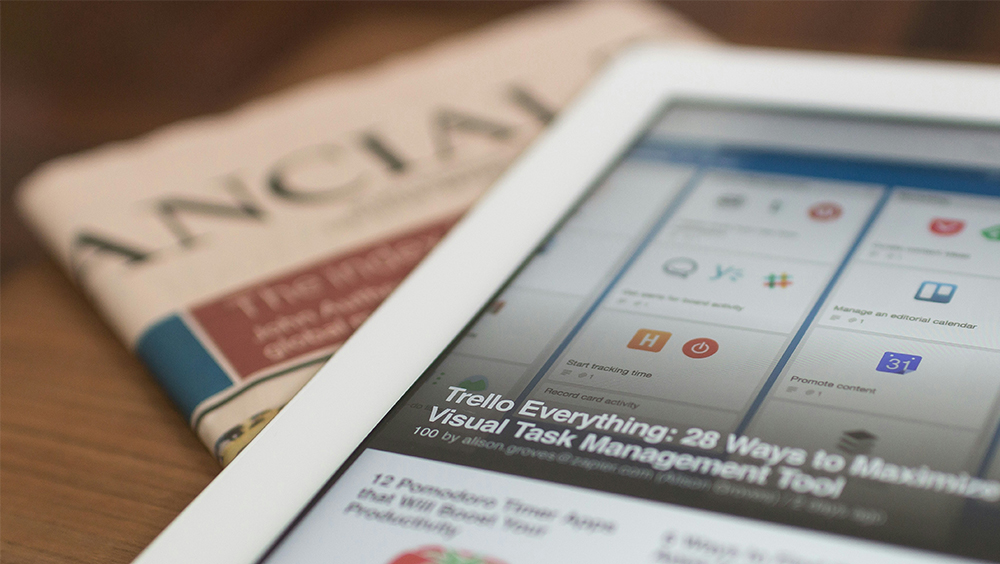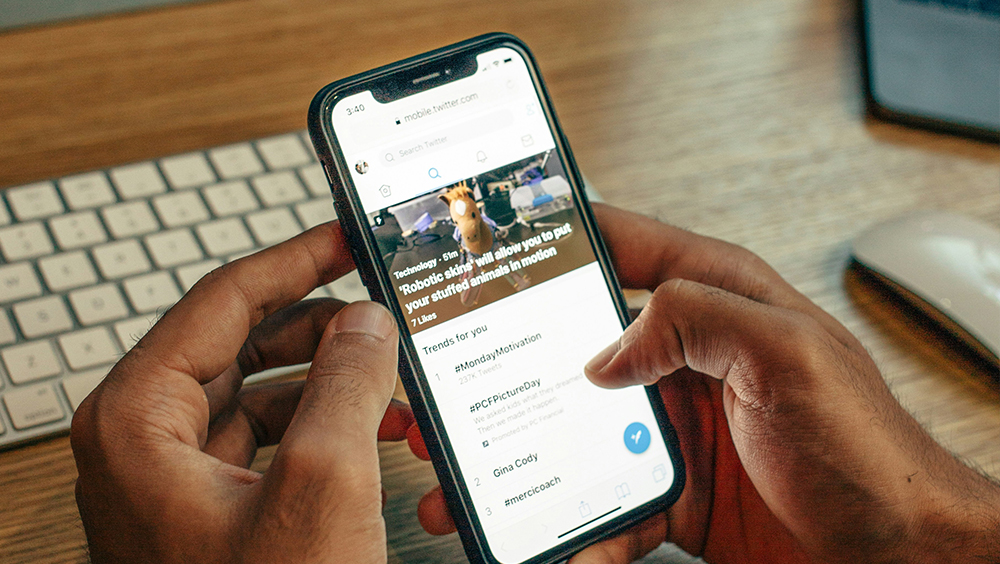How to use media to harness your message and influence policy
In a previous article, my colleague Niamh Kinsella outlined a step-by-step guide as to how to influence politicians with the use of the media. The dos and don’ts of what works and what doesn’t. Here I follow up on this concept and demystify the interface of public policy and the media.
The world of public policy and public affairs is often thought of as niche or perceived as an uninviting space where only political anoraks and elite lobby groups reside. Attempting to alter public policy is increasingly viewed as an arduous task, carried out in inaccessible venues and behind closed doors.
Contrary to these misperceptions, though it can be a challenging task to navigate the policy and governance ecosystem, it is far from impossible. In Ireland for instance our politicians are relatively accessible due to our proportional representation voting system which requires representatives to be in constant contact with their constituents. Failure to do so diminishes their prospects for re-election.
So, when aiming to advocate for a particular policy, getting in the room with key decision-makers is frequently not the most challenging part. The real difficulty lies in convincing them of the merits of your perspective.
Where do we go from there, you might ask?
From the outset, we need to understand the political ecosystem and how it interacts with each component part. First, we have politicians who set policy via a programme for government, next we have the civil service and semi-state bodies who implement the policy of government, and finally we have everyone else who discusses their progress. This latter cohort includes the public, interest groups, businesses and importantly – the media.

Transplanted ideas
A fully integrated communications strategy should always have multiple facets to drive an agenda – this is what we call intelligent communications. But when our public affairs activities do not have the intended effect, we must rely on media, and social media, to drive our agenda more heavily.
The American poet, Oliver Wendell Holmes snr. once said, “Many ideas grow better when transplanted into another mind than the one where they sprang up.”
What better way to transplant our ideas than through the expansive realm of communication, particularly the media? Leveraging news outlets, radio and television offers us with a secondary chance to engage with decision-makers, addressing not only them but also their constituents. Utilising the media as a conduit, we disseminate our ideas and concepts to the broader public, enabling them to partake in our reflections and contemplate them. This in turn sparks conversations in every home and office, ensuring a second opportunity for our intended stakeholders to take heed.
A fundamental role of media involvement in driving policy change is to enhance public awareness of critical issues. By employing compelling storytelling, investigative journalism and informative content, media outlets can bring attention to overlooked problems or highlight the urgency of specific policy reforms. Effective communication strategies have the potential to create a sense of urgency among the public, motivating them to call for action from policymakers.
The fourth pillar
Media is known as the fourth pillar of democracy due to its ability to hold politicians and decision-makers to account. With strategic messaging, a carefully crafted media moment can draw politicians to answer questions from the media.
Not only will the decision-makers be required to answer questions on the topic from the media, but they may also face their own constituents who may question their decisions after being exposed to the issue.
This is the cyclical nature of how citizens, politicians, the media and interest groups interact with one another. Public discourse can make or break the progress of an idea or movement.
Recent examples include the Irish Dental Association’s longstanding agenda to reform oral healthcare in Ireland, and the inaction of successive governments. Through proactive media engagement spotlighting the gaps in service delivery, decision-makers were forced to engage the issue with Minister Donnelly facing questions in the Oireachtas Health Committee and the Dáil.
Social Media
While one might caution that our media landscape is shrinking (it is!), the ability to raise an issue of salience has never been more accessible. Particularly with the advent of social media, these conversations continue outside of the traditional arenas. Social media, online news portals, and user-generated content have expanded the flow of information, enabling individuals or groups to actively participate in shaping public discourse.
Social media platforms, in particular, have democratised this discourse, allowing for real-time conversations and the rapid spread of information. Hashtags and trending topics can amplify the reach of policy-related discussions, making it difficult for policymakers to ignore public sentiment.
We need only think of the recent example of the Irish Hospital Consultants Association’s #CareCantWait campaign which served to bring focus to the effects of patient waiting times and challenges in recruiting and retaining consultants
Both examples of media and social media engagement demonstrate their ability to serve as a catalyst for public discourse, facilitating discussions that lead to informed opinions and perspectives. This discourse not only educates the public but also adds pressure on to policymakers to meet the demands of the public.

As we know Irish politicians’ proximity to their constituents is greater than other jurisdictions such as in the USA or UK where the ratio of constituents to politicians dwarfs our own. Ireland is unique in that we have a constitutional commitment to a low ratio of constituents to politicians which we discussed in a previous blog.
This means what the public are talking about outside the Dáil holds significant weight in the mind’s eye of politicians.
The lesson to be learned from this is not to lose faith. If you haven’t succeeded in lobbying in the traditional methods, remember that there are broader arenas to platform your ideas. Media moments and social media provide us with a form of effective pressure which act to chip away at decision-makers ability to say no.
From outside the room, we can continue to influence and direct the conversation on a specific topic. While we may not be able to control every aspect of a conversation, we can certainly guide its course with thoughtful words and a genuine intent to move it in the right direction.

Macdara helps clients develop their corporate communications and public affairs strategies to influence policy and industry stakeholders. Macdara previously worked as political staff in the Houses of the Oireachtas and has previous experience advising clients in the healthcare, construction, recruitment, and financial sectors.
[Cover image credit: Alan Betson]
